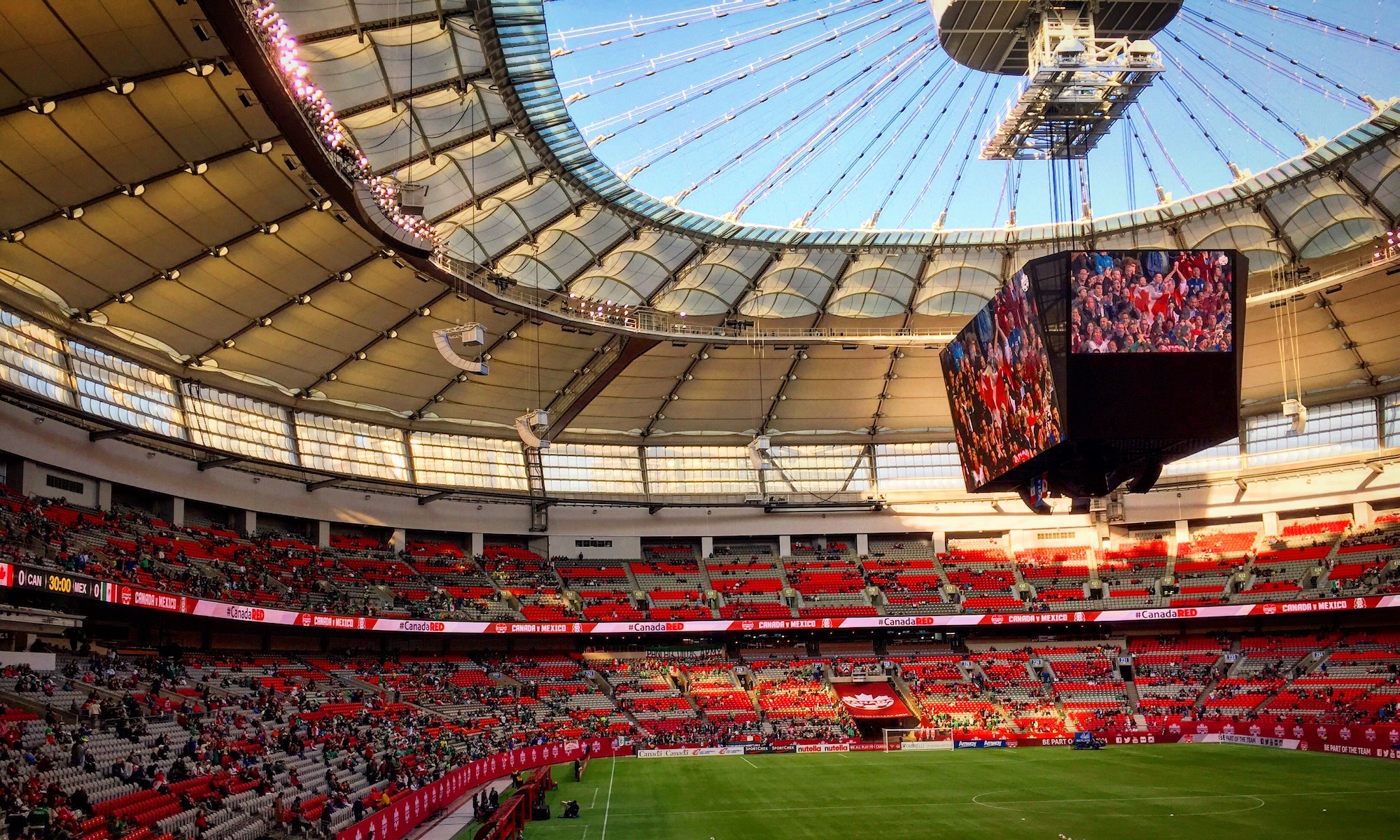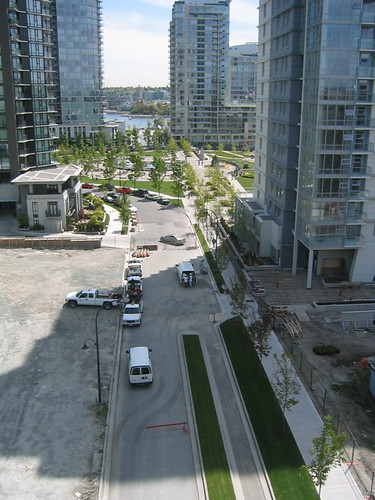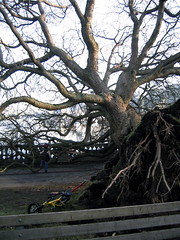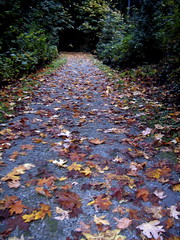It’s been a while since I’ve addressed the actual condition of Stanley Park, and a recent commenter on my last post regarding this issue has prompted me to make another report on what I’ve been seeing.
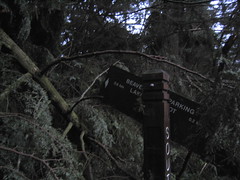 Rebecca and I have made some small treks into the park, aside from the video podcast we did a few weeks ago. At that point, and in those locations, we knew that we were not supposed to be in that area. Besides having to climb over the trees laying everywhere, it’s the trees that are leaning in the loose soil that you really have to be mindful of. Luckily, there wasn’t any wind on that day. If there was, I wouldn’t have even thought about heading near the trees, and that’s a mindset I have while running through the area as well.
Rebecca and I have made some small treks into the park, aside from the video podcast we did a few weeks ago. At that point, and in those locations, we knew that we were not supposed to be in that area. Besides having to climb over the trees laying everywhere, it’s the trees that are leaning in the loose soil that you really have to be mindful of. Luckily, there wasn’t any wind on that day. If there was, I wouldn’t have even thought about heading near the trees, and that’s a mindset I have while running through the area as well.
Does it look like a war zone? Absolutely. There is not a better way to describe it. And when they talk about “restoring Stanley Park” in the news, that’s what is called journalistic and/or political rhetoric. There is no such thing as a short term solution. The clean up will take time. The recovery of all the trees that have been destroyed or damaged will take a few lifetimes.
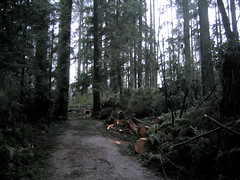 Today, I made a running route that followed the Seawall out of Coal Harbour with the intention of seeing how far I could go on that side of the park. As I assumed, the path is still restricted at the 4.5 km mark, just prior to the point where the Seawall goes under Lions Gate Bridge. From there, I was able to cut across Park Drive and head up Pipeline Road. There’s various piles of debris and fallen tree parts along the road, but the sidewalk is reasonably accessible.
Today, I made a running route that followed the Seawall out of Coal Harbour with the intention of seeing how far I could go on that side of the park. As I assumed, the path is still restricted at the 4.5 km mark, just prior to the point where the Seawall goes under Lions Gate Bridge. From there, I was able to cut across Park Drive and head up Pipeline Road. There’s various piles of debris and fallen tree parts along the road, but the sidewalk is reasonably accessible.
Now these are the areas of the park that are “officially” open. I say that because just after crossing the wooden bridge on Pipeline Road, which would have taken me past the Rose Garden and out of the park, I turned right to follow a trail that would take me to Beaver Lake. When we explored this area over the weekend, I knew that I could take the South Creek trail on the other side of the lake to make my path towards home.
Where the trails of Beaver Lake and South Creek meet, there was a green and white parks’ truck, a black Honda CR-V, and a huge backhoe, all blocking access to the trail I wanted to take. About six people were just standing around, apparently having some sort of conversation, essentially not doing anything.
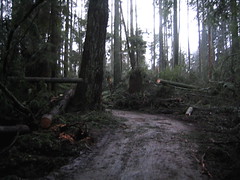 I approached and politely asked if there was no way to get through. One guy looked at me like I was speaking in tongues, didn’t even give me a response. Then a lady turned around and said, “Actually, sir, all of the trails are closed. You are to use your discretion for your own safety if you plan on being on any of the trails.”
I approached and politely asked if there was no way to get through. One guy looked at me like I was speaking in tongues, didn’t even give me a response. Then a lady turned around and said, “Actually, sir, all of the trails are closed. You are to use your discretion for your own safety if you plan on being on any of the trails.”
Great. I’m one of those people now. I thanked them for the information and continued all the way around Beaver Lake without any problem, then took the Tisdall Walk to cut back out to Pipeline Road, and followed the road all the way out of the park.
Oddly enough, I recall the news reporting a matter of weeks ago that Stanley Park was open again. This mainly applies to the majority of the tourist spots that are accessible by vehicle, but all of the trails are excluded from this. However, I wasn’t the only person roaming or running around the trails this morning.
For those curious, it’s not known as to the time line for the trails to open up, and the Seawall is just as questionable. That’s not to say that you can’t bike or inline on the portions of the Seawall that are open. You just can’t go all the way around. The other side of the park only goes as far as Siwash Rock, and let’s hope that changes by this summer. The trails are going to take a little more time due to tree removal and repair from root systems pulling up the gravel as trees toppled.
Every time we venture in there, I’m still amazed by what I see. Some trees just fell right over. Others look like a tank shell went right through the middle of it. Yes, it is as bad as they say it is. You just don’t get the impact of it until you see it for yourself.
